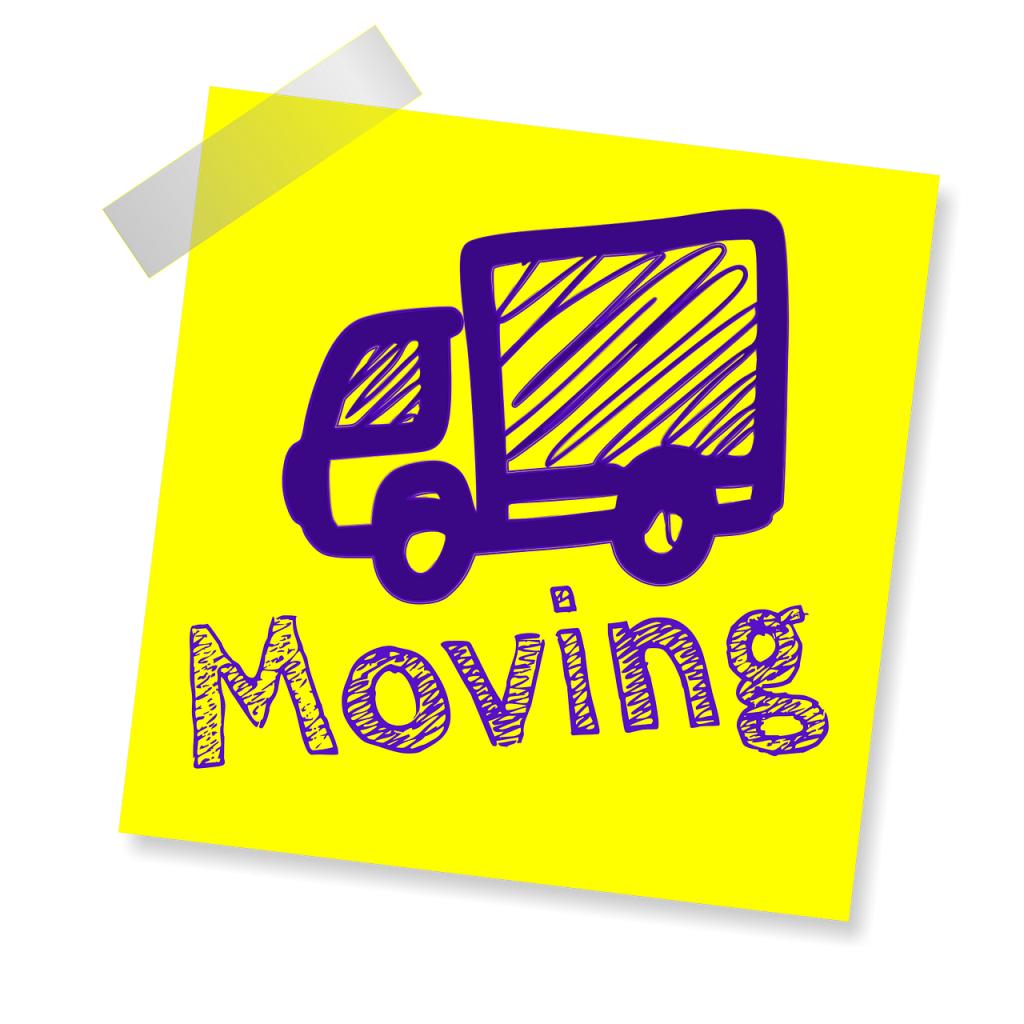
Summary
– Step 1: Make a tour of the people available to organize a move
– Step 2: Get a moving vehicle
– Step 3: Optimize vehicle loading to organize a move
– Step 4: Study the route taken on the day of the move
– Step 5: Anticipate the unloading of your furniture
– Step 6: Move with professionals
Organizing a move means anticipating exactly what is going to happen on moving day, between the time you load the truck and the time you move in.
It is very important to list the operations to be carried out so that this event does not become a nightmare.
This sheet summarizes the different steps to follow in order to organize a move.
1. Make a tour of the people available to organize a move
On the day of your move, make sure you are well surrounded and in sufficient numbers to help you carry the various boxes and furniture. You will also need help with the final inventory of your old home.
List the people present on moving day
This is a list of people around you (family, relatives, friends) who are likely to help you on D-Day.
It is also important not to plan for too many people according to the volume to be moved. Too many people present could indeed block the comings and goings especially if the dwelling is small.
Tip: contact all the people likely to help you 8 days before the move.
Make a final inventory of fixtures in your former home before you leave.
Take advantage of the fact that your home is empty to perform the following tasks:
– Check that all rooms have been emptied. Also go around the cellar, attic, annexes, cabins, and garages;
– Remember to turn off the water, gas, and electricity;
– Do the housework, especially if the property is rented, because an inventory of fixtures will be made by the lessor;
– Empty the mailbox and remove your name written on it.
Reminder: the day before the move, remember to defrost the fridge and freezer and empty the machines (don’t forget to block the drum).
2. Get a moving vehicle
Transporting your furniture and belongings is the most important part of the move. You must first have completed and closed all your boxes. (read further here: Tips for Successful Moving Boxes). The choice of vehicle to transport your furniture and belongings is fundamental.
Define the size of the vehicle required

You must first define the size of the vehicle and the type of truck suitable for your move. The size of the vehicle will depend on the volume of boxes and furniture you will have to load. Normally, a volumetric calculator is at your disposal on the truck rental sites in order to define the right truck size.
Good to know: renting a 6 m³ van allows you to put about 60 boxes, which represents about a 30 m² studio. A 12 m³ truck will be suitable for about 80 boxes and a 20 m³ truck for about 120 boxes (60 m² apartment).
Use your own vehicle
You can use your own car or a friend’s car for transportation. If some people have a van or minivan, it will be easier to put boxes and furniture in it.
Good to know: a move by car is possible but complicated. You will need many cars or several round trips.
Use a rental truck
If you don’t have a suitable personal vehicle, you won’t be able to avoid renting a vehicle. To do so, many formulas are possible at a lower cost.
Important: a 12 m³ truck will offer more maneuverability than a 20 m³ truck. Think about it if your move has to take place in the city center on a small street that is difficult to access.
Rent a commercial vehicle from a specialized company. Rental agencies usually ask the customer for a security deposit or an uncollected deposit to protect themselves in case of damage to the vehicle. The rental price depends on the size of the truck, the length of the trip, and the number of days of rental.
Important: the insurance of the vehicle is taken out by the rental agency. This one insures the vehicles to the third party. Don’t forget that you are not necessarily used to driving a truck and therefore complementary insurance is strongly recommended. Otherwise, you will have to pay the repair costs if you are responsible for an accident.
This post will now continue in part 2 in our next publication by next week. Stay posted and remember to leave your comments below.




4 thoughts on “How to Organize a Move (Part 1)”